“`html
The Costco Conundrum: Where Budgeting Dreams Go to Bulk-Size Die…Unless You Shop Like This
I love Costco. I also fear it. It’s kind of like when my teenager cleans the kitchen unprompted—you’re thrilled, but you also know something is definitely up.
It starts innocently enough. You’re heading in for “just a few things,” like toilet paper and chicken breasts. An hour later, you’re mentally calculating if you can justify spending $14 on a three-pound bag of organic freeze-dried dragonfruit crisps (spoiler alert from past-me: no, you cannot).
But after years of trial and error—and a few questionable samples—I’ve finally cracked the code to shopping smart at warehouse stores without wrecking my budget. Whether you’re a family of seven or a savvy solo shopper with limited pantry space, it’s totally possible to make bulk buying work for your budget instead of against it.
Confession #1: Bulk Isn’t Always a Bargain (and That’s Okay)
I used to assume that if something came in a box the size of my toddler, it must be a deal. That’s how I ended up with 96 granola bars that no one liked (including the dog) and four gallons of dish soap that I eventually donated to my kids’ preschool.
Lesson learned: Bigger isn’t better if it doesn’t get used before it expires—or if you just don’t like it.
Step 1: Know Your Unit Prices, Not Just Sale Prices
Budget-savvy warehouse shoppers live and die by the unit price. I keep a note on my phone with regular prices per ounce/pound/roll/etc. for my most common grocery items at Aldi, Target, and Trader Joe’s. That way, when I’m staring down an industrial-size box of cereal for $9.79, I can know instantly if I’m saving money—or falling into the “Costco illusion.”
Hot tip: Invest ten minutes creating your own “price bible” for must-have staples like chicken thighs, rice, cheese sticks, peanut butter, TP (obviously), and laundry detergent. Your wallet will thank you.
Step 2: Share the Bulk Love
You know what’s more fun than splitting an eight-pound bag of tortilla chips? Literally everything — but hear me out:
- Team up with a friend or neighbor: Buy together and split cost + product.
- Create informal co-ops: I split meat packs with another mom from school who has a vacuum sealer (she likes sealing; I like labeling—it works).
- Host a “Bulk Swap Night” quarterly: Super corny name aside, this is where friends bring unopened extras they bought in bulk but didn’t love—yes Barbara, I’m talking about those beet-lentil protein puffs—and trade for other goods.
Step 3: Be Real About Storage Space
No matter how good the deal is on frozen mini quiches, if your freezer looks like a Tetris game gone wrong…you’re gonna lose. Buying in bulk only makes sense when you have the storage capacity to make it work without needing an engineering degree every time you open your fridge.
If you’re short on space:
- Break bulk into smaller portions ASAP: Ziplock bags are your friend.
- Invest in clear bins & labels: Make perishables visible so nothing dies forgotten in back-of-fridge purgatory.
- Avoid high-volume perishables unless meal planning is airtight: No one needs five pounds of lettuce unless you’re catering or part rabbit. Ask me how I know…
Step 4: Say No to Impulse Buys (Even If They’re on Sample Spoons)
This summer’s TikTok trend of “spontaneous Costco date nights” is cute—until your cart says “s’mores-flavored protein pancakes,” and your bank account says “absolutely not.” Samples are lovely until we convince ourselves we NEED fourteen jars of artisan mango chutney because someone handed them out on crackers next to free sparkling cider shots.
The hack? Take photos instead of putting impulse buys in your cart right away. Snap the item and its tag with the price—and walk away. If you’re still thinking about that oat milk matcha creamer tomorrow (and can fit it in your budget), go back for it.
Step 5: Rotate Categories Each Trip
I used to try stocking up on everything—meat! snacks! toiletries! cleaning supplies! birthday gifts!—in one trip…which meant dropping $300+ each visit despite making lists.
Now I rotate categories monthly:
- This month? Non-perishables + frozen veggies + TP restock.
- Next month? Meats + lunchbox snacks + batteries (because children consume them like candy apparently).
This keeps things manageable both financially and spatially—and helps prevent burnout from overdoing it on any one trip (“Costco fatigue” is real).
The Takeaway?
You absolutely CAN shop warehouse clubs like Costco or Sam’s without blowing your budget—but only if you treat those family-sized aisles as tools rather than temptation tunnels lined with vats of hummus and adorable pajamas.
Your Budget Homework:
- Create or update that price comparison list—it takes less time than scrolling Instagram reels you’ll forget tomorrow anyway 🌝
- Befriend one person in your life who owns a chest freezer or vacuum sealer—you’ll thank me later at Thanksgiving when turkeys drop under $1/lb.
- Sit down with last month’s grocery receipt and highlight what actually got eaten vs composted/binned/donated.
Yes… it’s humbling—but worth doing!
No judgment here—we’ve all made our share of bulk-buy blunders. (I once bought six pounds of coconut flour during my “I’m going gluten-free forever!” phase—I still have four pounds.) But budgeting isn’t about perfection; it’s about learning what works for YOUR real life, snack cravings included.
P.S.—If anyone needs me this weekend, I’ll be at Costco dodging inflatable kayaks while trying very hard not to buy another set of mixing bowls “just because they nest so nicely.” Wish me luck—and fiscal restraint.
“`




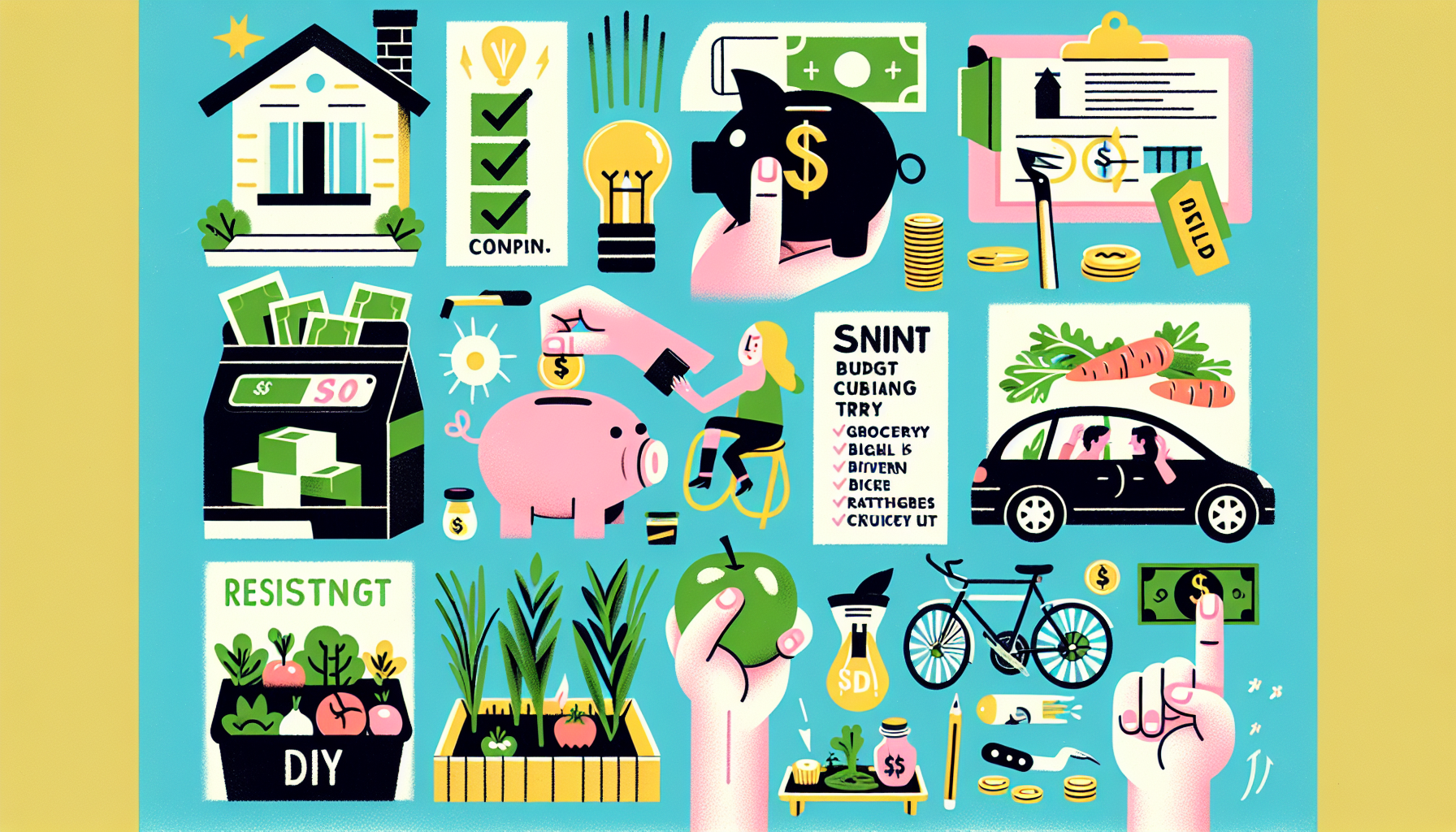

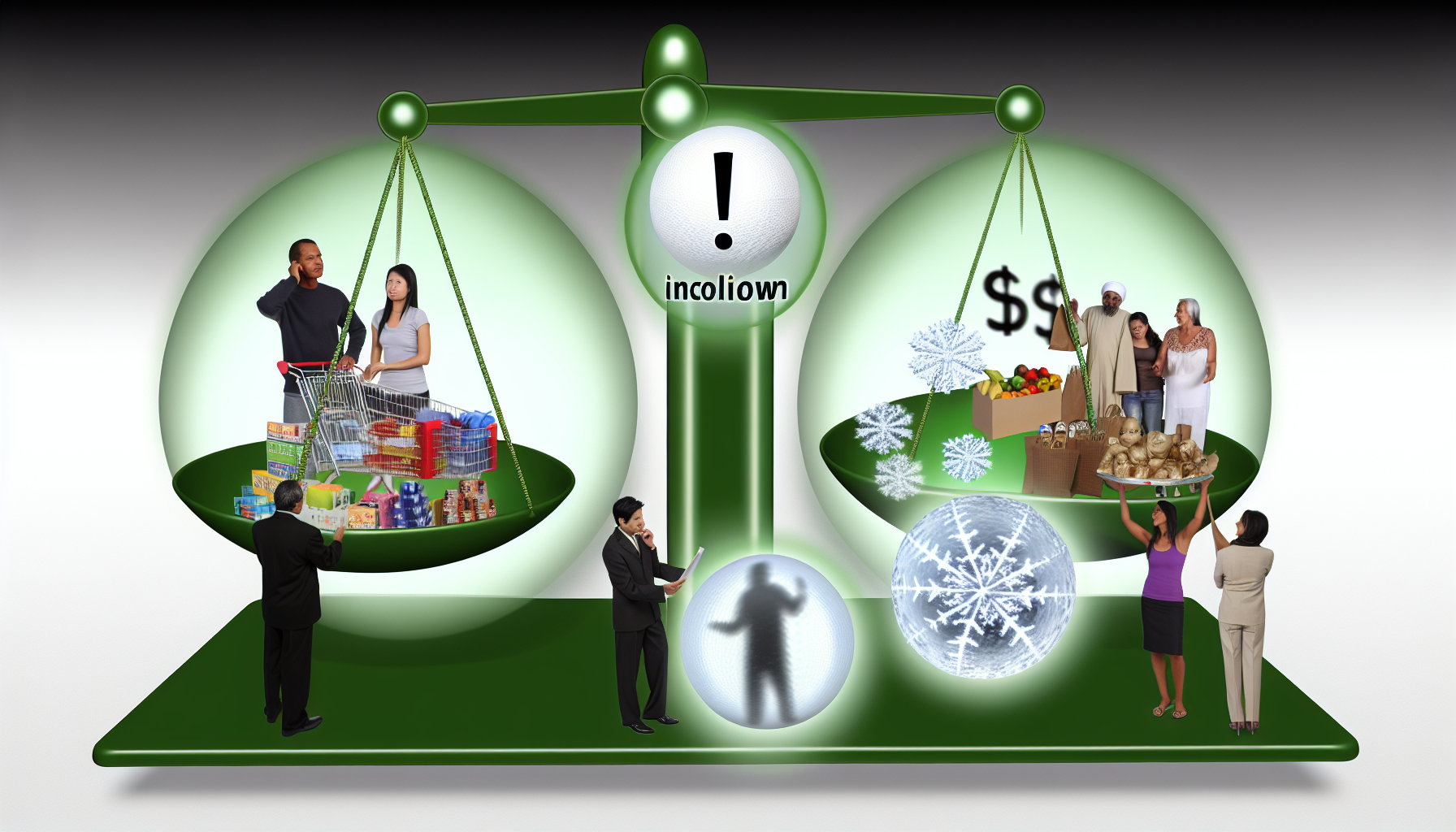


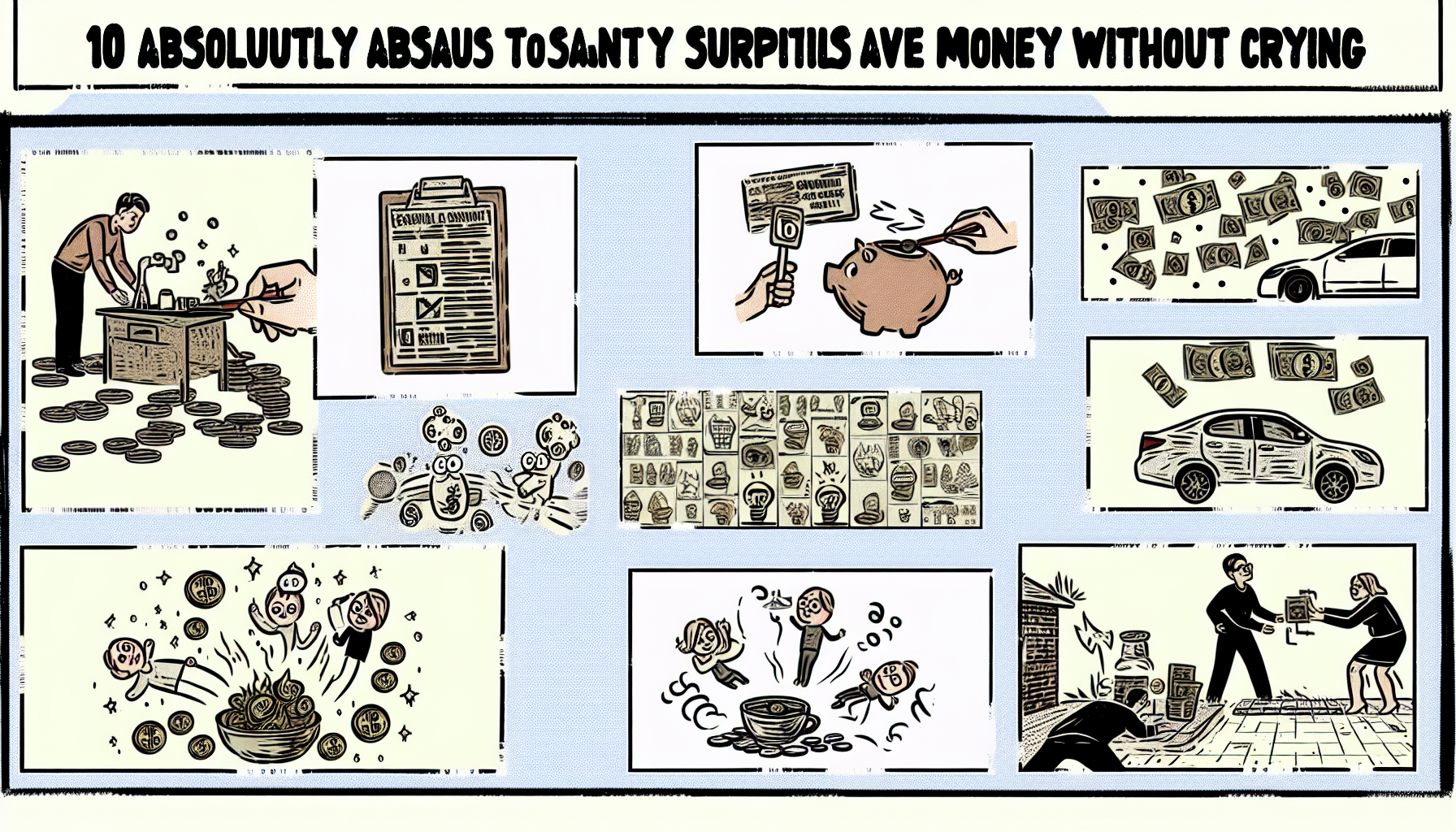






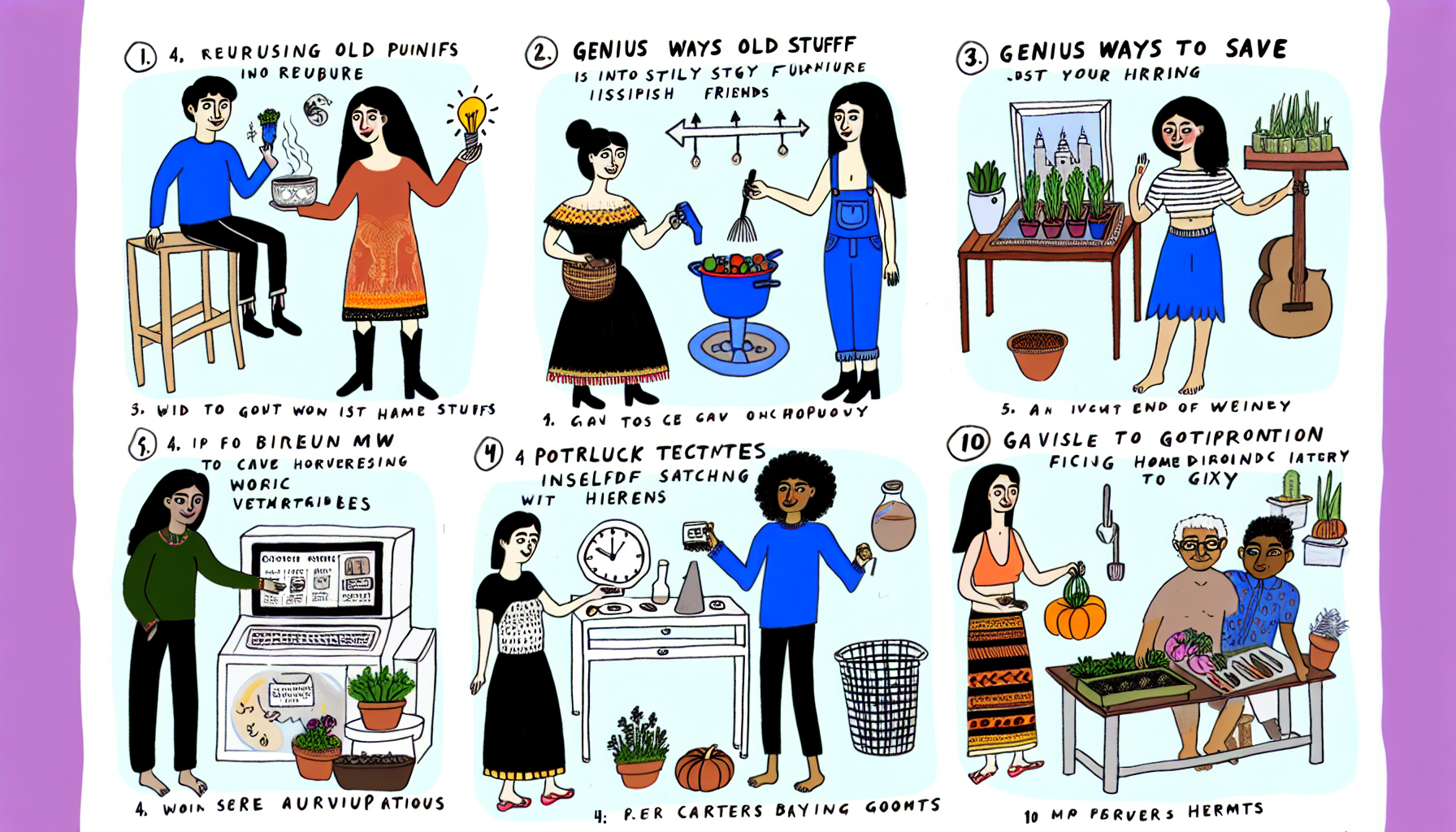
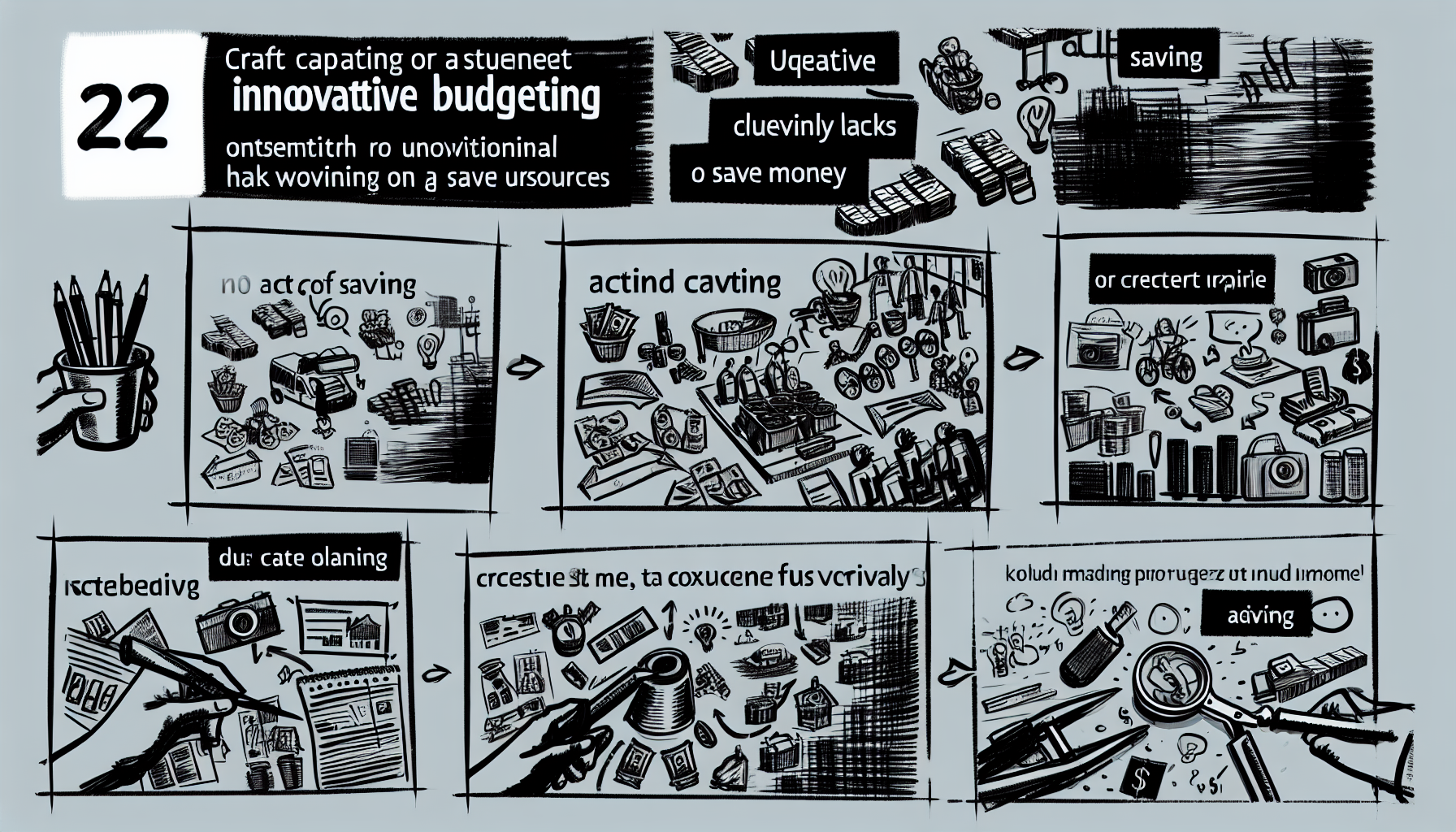
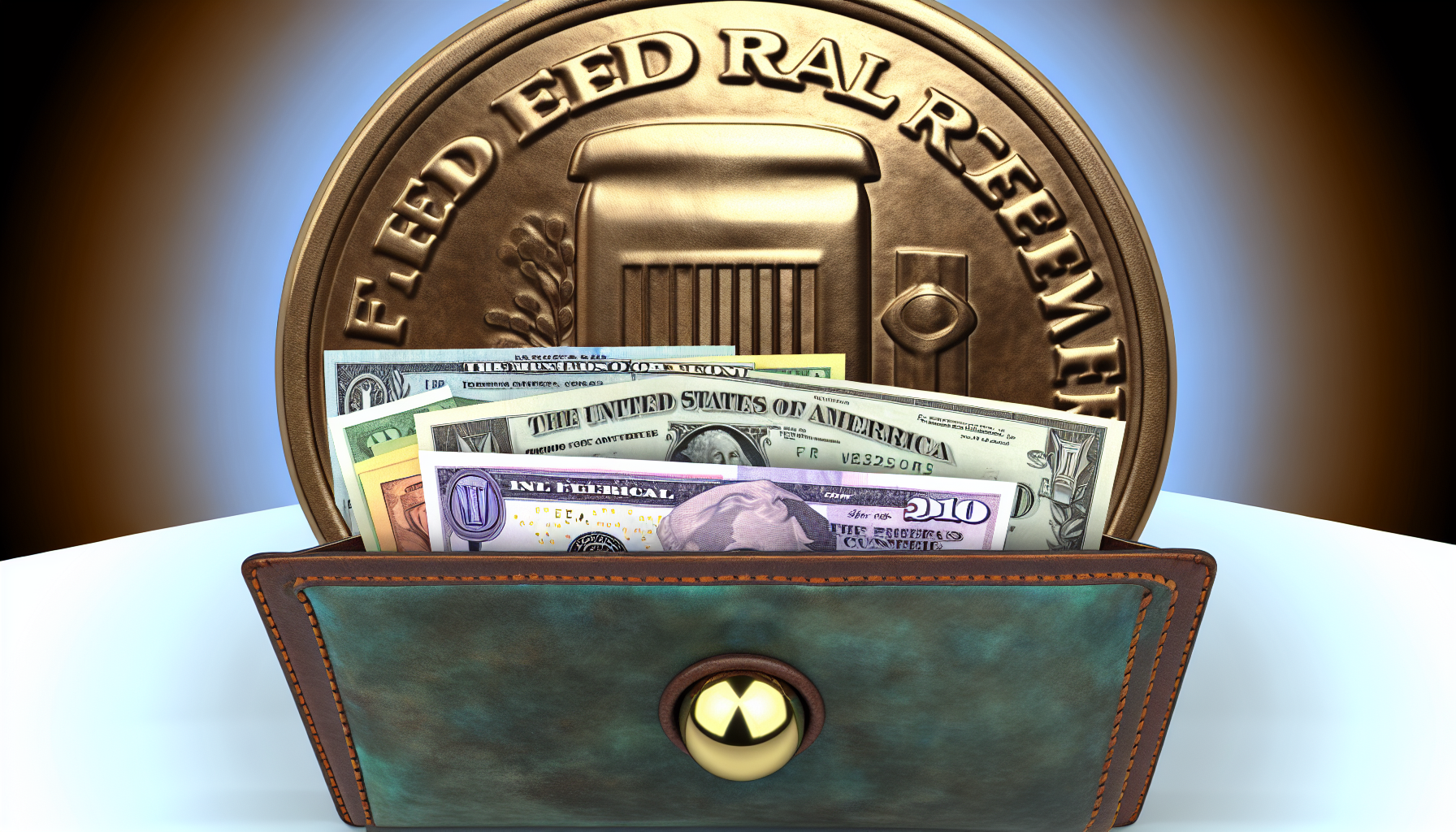
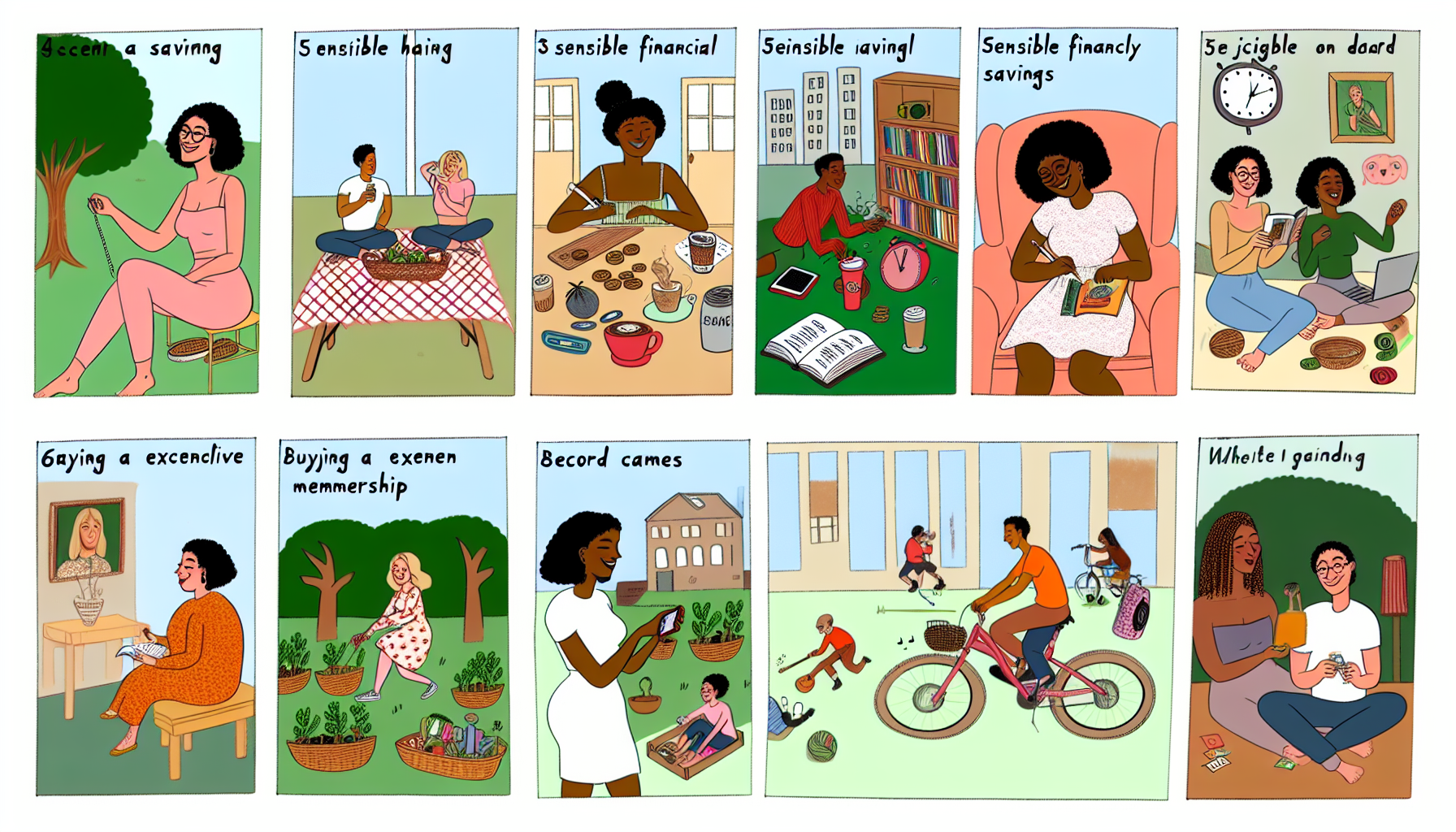

Leave a Reply